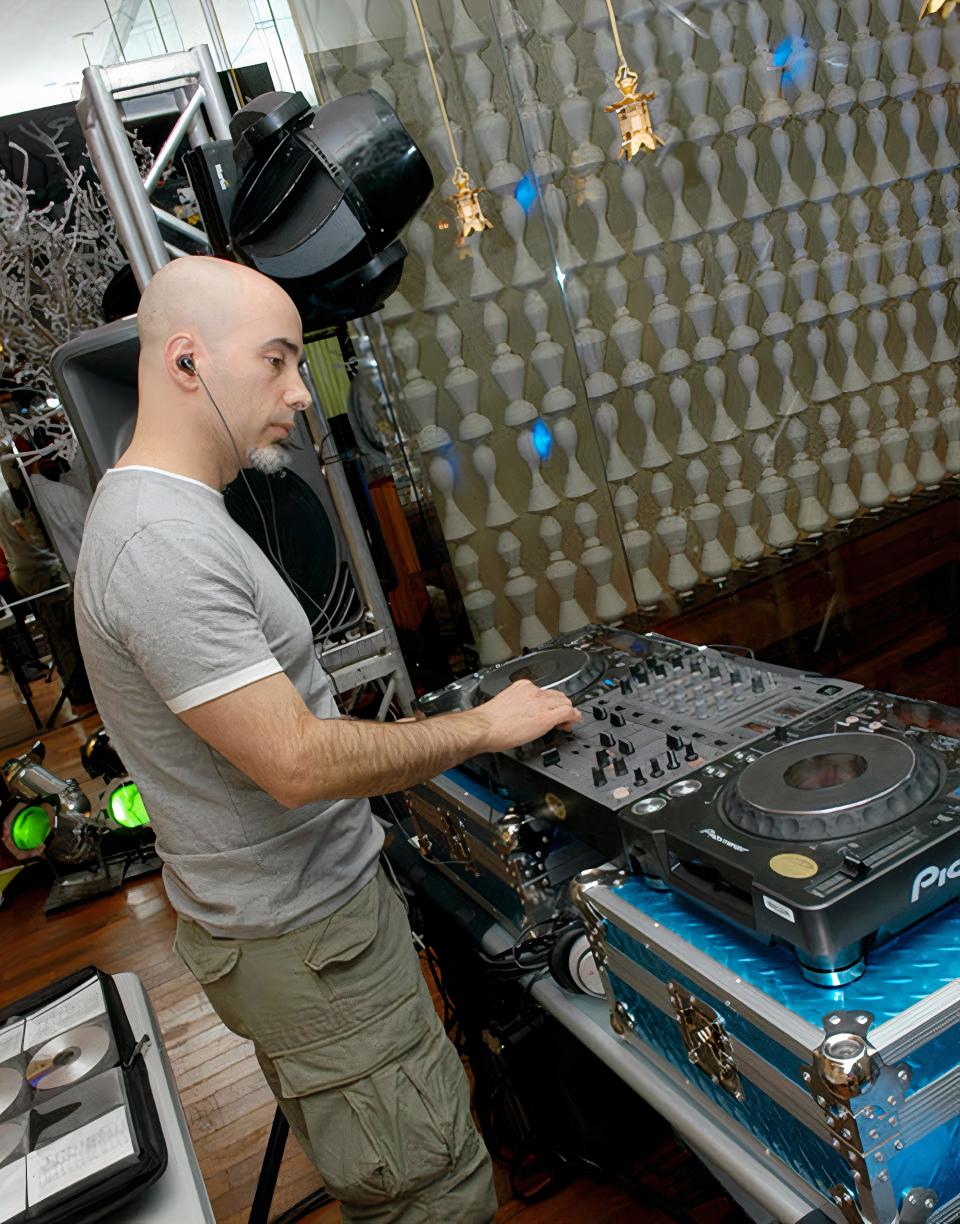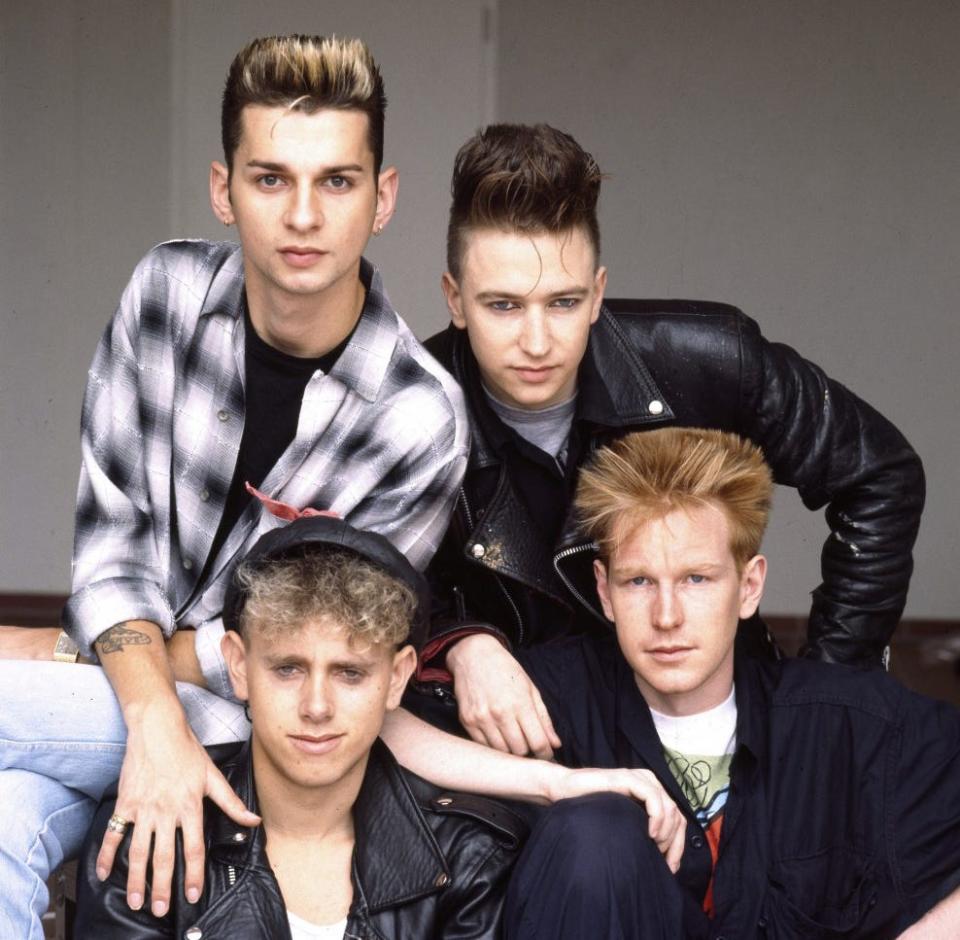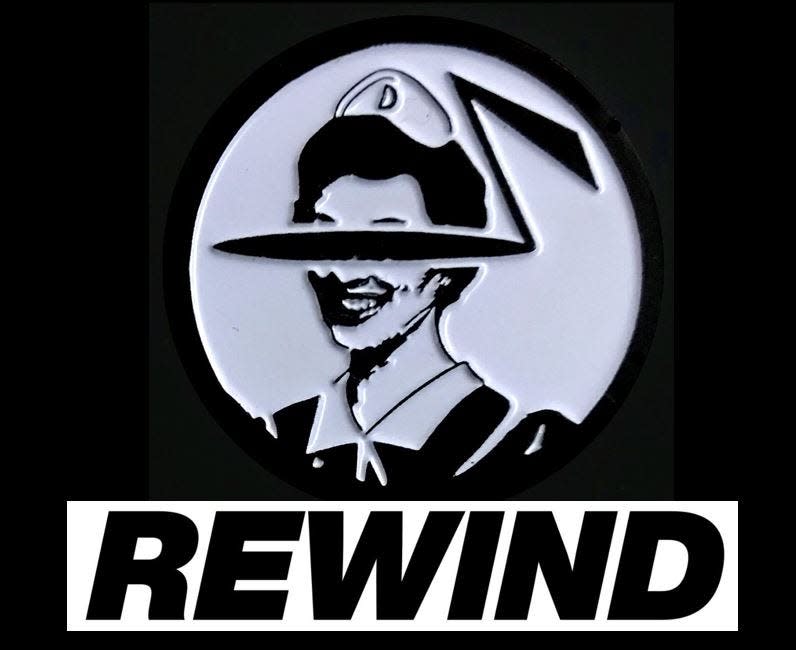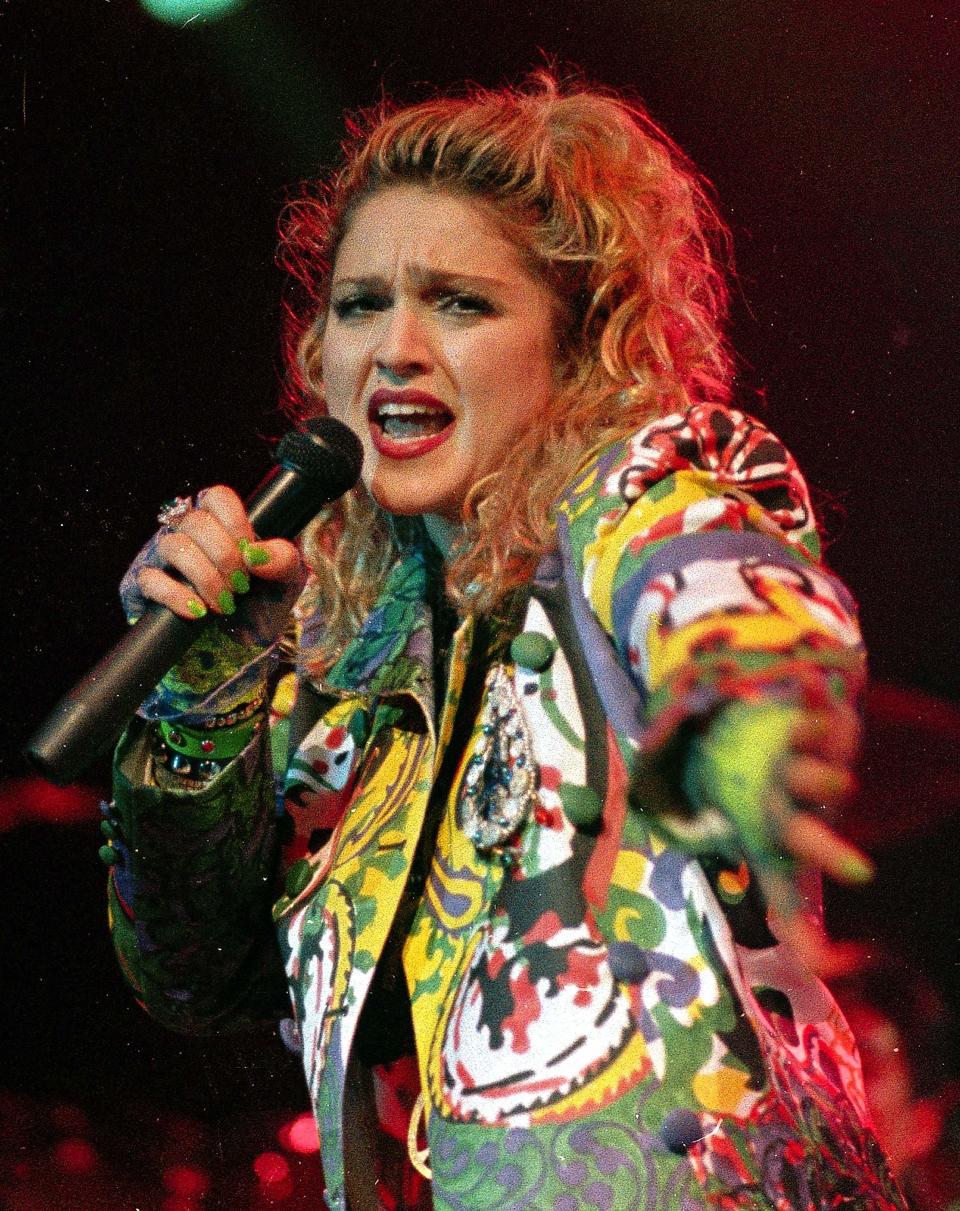Danceteria, one of NYC's most influential clubs, lives again online
- Oops!Something went wrong.Please try again later.
- Oops!Something went wrong.Please try again later.
Clubs are an important part of New York's night life. Always have been, always will be.
But the city never had a club scene like the one in the 1980s. And that scene never had another venue like Danceteria — five floors of deejays, live music, multimedia display and performance art that helped shape American pop culture in ways no nightspot is likely to again.
"In the early '80s, everything was happening at the same time," said Montclair deejay Rafe Gomez. "Rock bands, hip hop, new wave, punk. And every one of those scenes flowed through that club."
In case there's any doubt, check out Gomez's new live mix show that streams on his Twitch channel: Danceteria REWIND. Every Thursday, from 8 to 10 p.m., Gomez lays out a sampler of the kind of eclectic sounds you might have heard on any floor, at any night, at the influential but short-lived venue at West 21st Street (the club had several other locations, both previous and subsequent, but that's the one everybody remembers).

Not only are the Danceteria REWIND sounds all over the musical spectrum, but Gomez seamlessly blends them — just like the club's fabled deejays Mark Kamins and Sean Cassette — into a continuous flow of non-stop sound.
"Everything is beat-matched," Gomez said. "You don't know and can't tell when one song ends and another begins."
Hot spot
The short life of the 21st street Danceteria, 1982 to 1986, coincided with the peak of the New York clubbing era, when trendy folks in their 20s would don their funkiest clothes, wildest jewelry and greenest hair extensions, and head for the roped-off queues of such places as The Mudd Club, Tunnel, Paradise Garage and The Limelight, hoping to get in.
Such places, then, were the nerve center of youth culture. When Talking Heads (in the song "Life During Wartime") wanted to picture the apocalypse, they pictured a world without clubs: "This ain't no Mudd Club, or CBGB, I ain't got time for that now."
NJ Hall of Fame: Anthony Bourdain, Paul Rudd, Bebe Neuwirth among nominees
But Danceteria had its own particular mystique. For one thing, it was bigger than any of the other clubs. For another, the creators of the place, Rudolf Pieper and talent booker Jim Fouratt, were going for a particular vibe.

They weren't looking for celebrities, like Studio 54. Nor were they looking for ordinary bridge-and-tunnel partiers. They wanted people who seemed hip, self-styled, idiosyncratic. Tastemakers. The kind of people who weren't famous now, but might be two years from now.
"Studio 54 was about money and class and fabulousness," Gomez said. "At Danceteria, that was never the currency. The currency was: Are you interesting? Are you emerging? To use the term we use now: Are you an influencer? The guys at the door had a sense."
And that sense was usually correct. Among those who spent their nights, or launched their careers, at the venue were Madonna, Cyndi Lauper, Sade, Billy Idol, Run-DMC, RuPaul, Sonic Youth, Depeche Mode, Duran Duran, Violent Femmes, Keith Haring, Jean-Michel Basquiat, Karen Finley. Those were the people that, a year or two down the road, the masses would discover on MTV, in stadiums, in expensive art galleries.
But anybody who looked like they belonged at Danceteria was likely to get past the velvet rope.
"It was anybody who was on the wavelength, who was going to embrace this and add to the atmosphere," Gomez said.

Originally from Jersey City, Gomez has a background in both sales and music. As a musician, he produced so-called "library music," stock soundtrack material that was used in videos and films (including some by MTV). As a deejay, he hosted shows on SiriusXM Radio and the New York smooth jazz station CD 101.9 (his show "The Groove Boutique" ran from 2003 to 2008).
'Dead End': At long last, the musical has opened -- as a streamable concept album
But with the pandemic sidelining him in 2020, he decided he needed a hobby. And he had always been fascinated by the way the best of the deejays, like the ones at Danceteria, became virtuosos of the turntable, keeping the music interesting and the dancing continuous.
So he decided to become a virtual deejay, streaming out of his home studio.
"What I was fascinated with is when you have a deejay who has a vision of what he wants to share with the clientele," said Gomez, who moved to Montclair in 1994. "The deejay said, 'You may not know a lot of the stuff I'm going to play. But let me take you there.' And the audience said, 'OK.' "
Out on a limb

With Danceteria REWIND, Gomez is trying something that even the deejays at Danceteria didn't dare: blending music across all different genres, from punk to pop to industrial to reggae to hip hop. All music you would have heard at Danceteria. But usually at different times, on different floors.
The key to everything is the beats-per-minute, he said. Keep a timing continuity between songs, and people can dance their way across all styles and soundscapes.
"I start really slow and work up," he said "Reggae is very slow — that's about 69 beats per minute. Then I work up to old-school rap, which is about 85 to 95. Moving from there, you get into slower synth pop: Scritti Politti and The Clash. That's 105, 110. When you get to 150, that's punk."
Those are some of the lessons he got from watching the actual deejays at Danceteria. He went there perhaps five times in the early '80s when — now it can be told — he was underage. "I was 18," he said. "The drinking age was 21."
He saw the future: Hackensack artist painted Will Smith's outburst years prior to Oscars
He'll never forget the deejays, the Keith Haring and Basquiat paintings on the walls, or the banks of TV sets all displaying the same video images. "There were floors that were just video exhibitions," he said. "There were 25 TVs all showing the same programs, and these were TVs they had probably picked up at yard sales."

And he'll never forget the time — it must have been 1982 — he and some friends were invited to a rooftop performance by a completely unknown artist. It was, in fact, the young woman who ran the club's old-fashioned, manual elevator. She called herself Madonna.
"She's carrying a boombox, and she puts the boombox down, and she presses the button, and it's an instrumental of a song she hasn't released yet," Gomez remembered.
There were no lights on the roof. So when Madonna performed "Everybody" — soon to be her debut single and first charting song — she made that part of the act.
"She had three dancers, and they had these flashlights," he recalled. "And they were dancing around her, and shining them on her. It was part of the routine. It was so creative. And watching this, we didn't know who she was. But at the end, we just looked at her and said, "What the —? That was so cool.'
"Two years later, she ruled the world."
Visit: https://www.twitch.tv/danceteriarewind
Jim Beckerman is an entertainment and culture reporter for NorthJersey.com. For unlimited access to his insightful reports about how you spend your leisure time, please subscribe or activate your digital account today.
Email: beckerman@northjersey.com
Twitter: @jimbeckerman1
This article originally appeared on NorthJersey.com: Revisit Danceteria, New York's trendiest club, in your home

